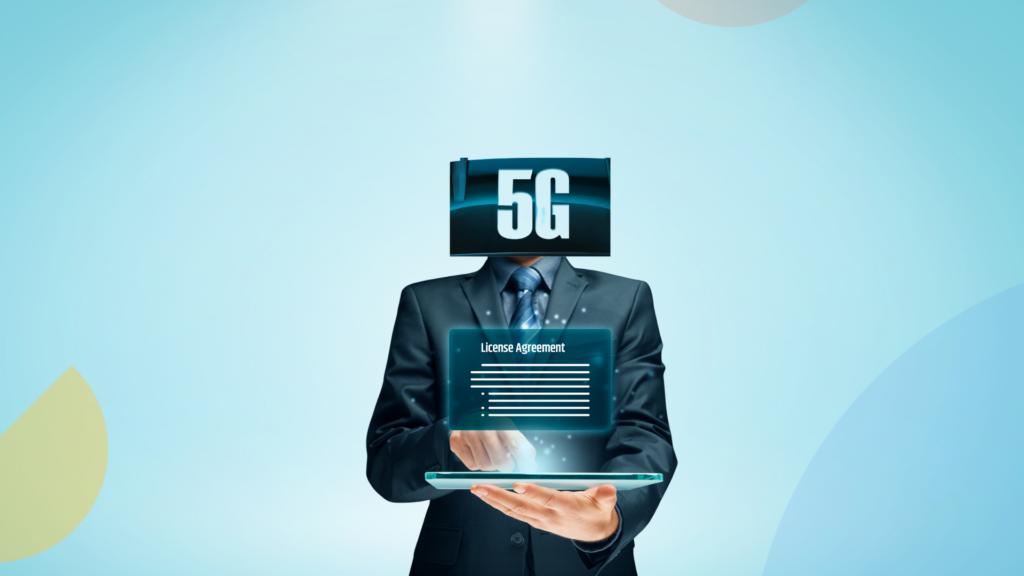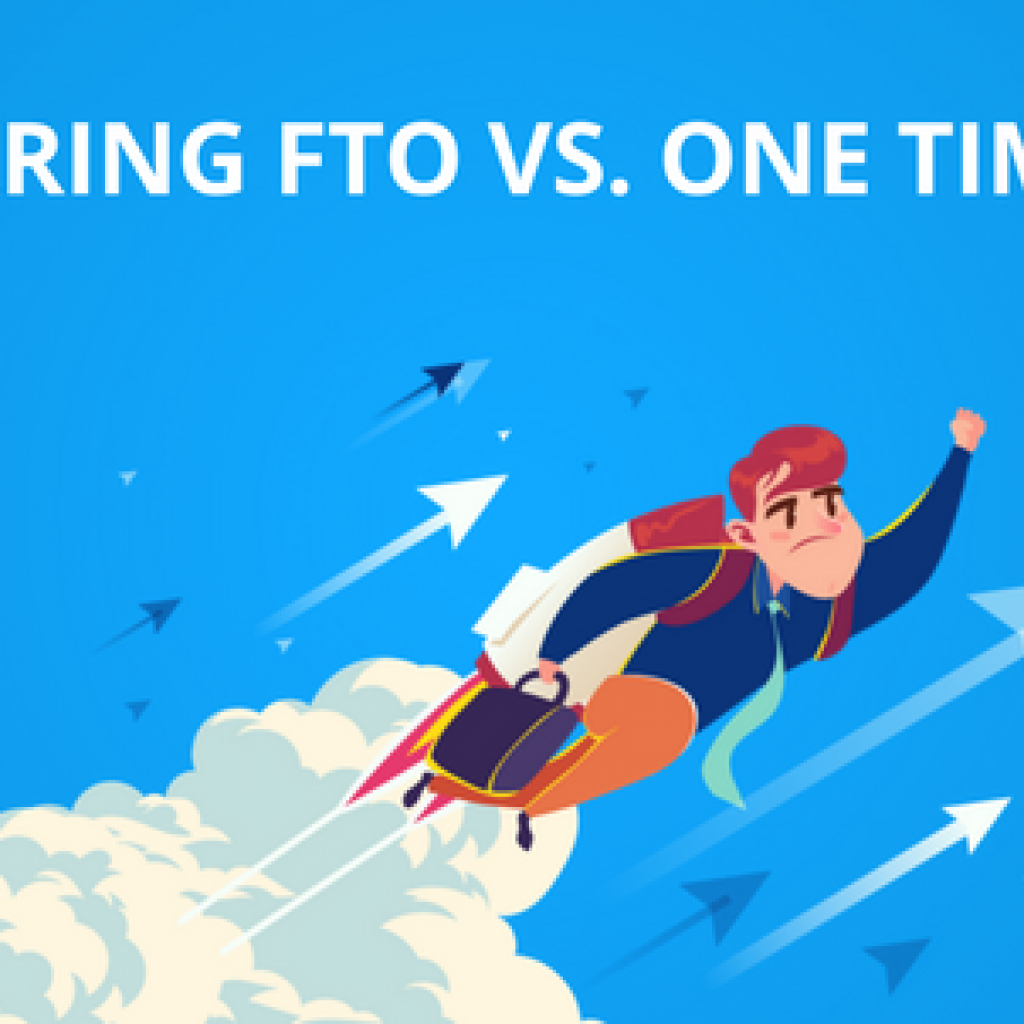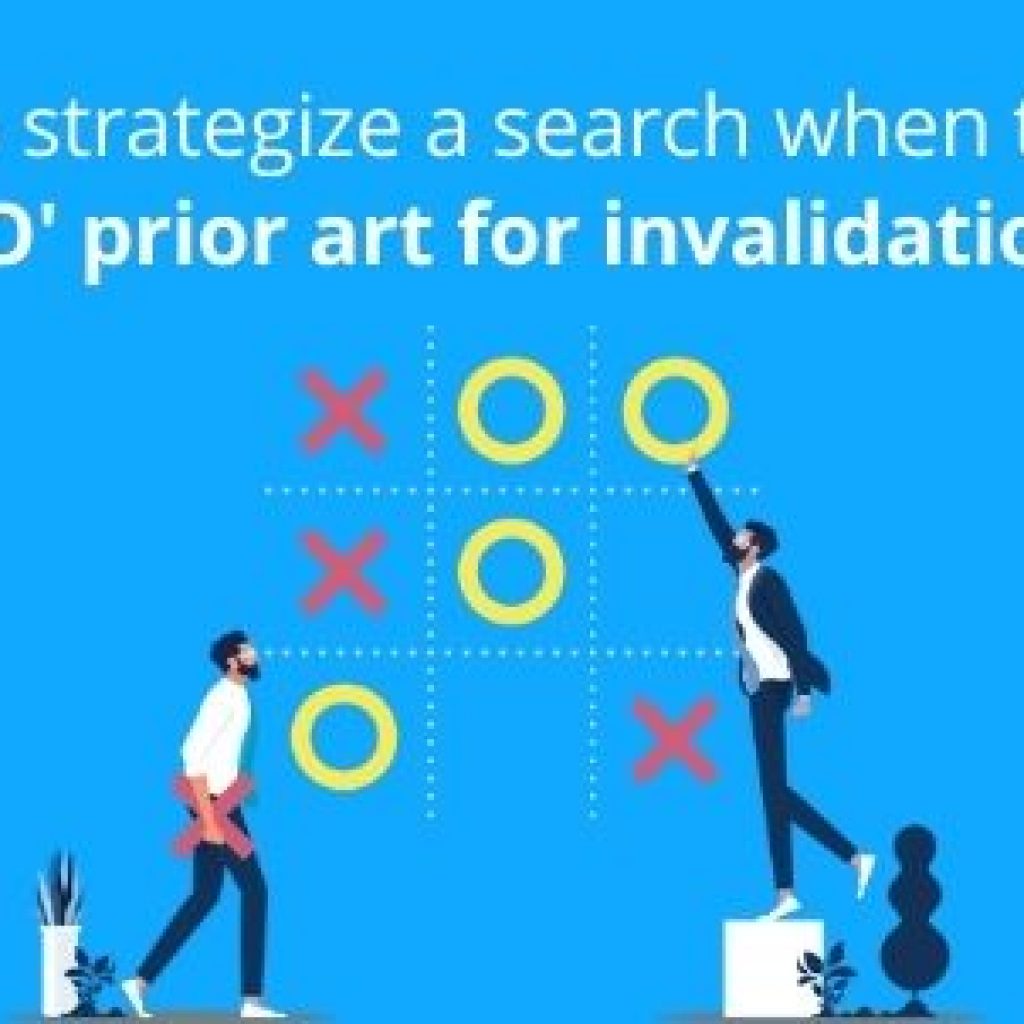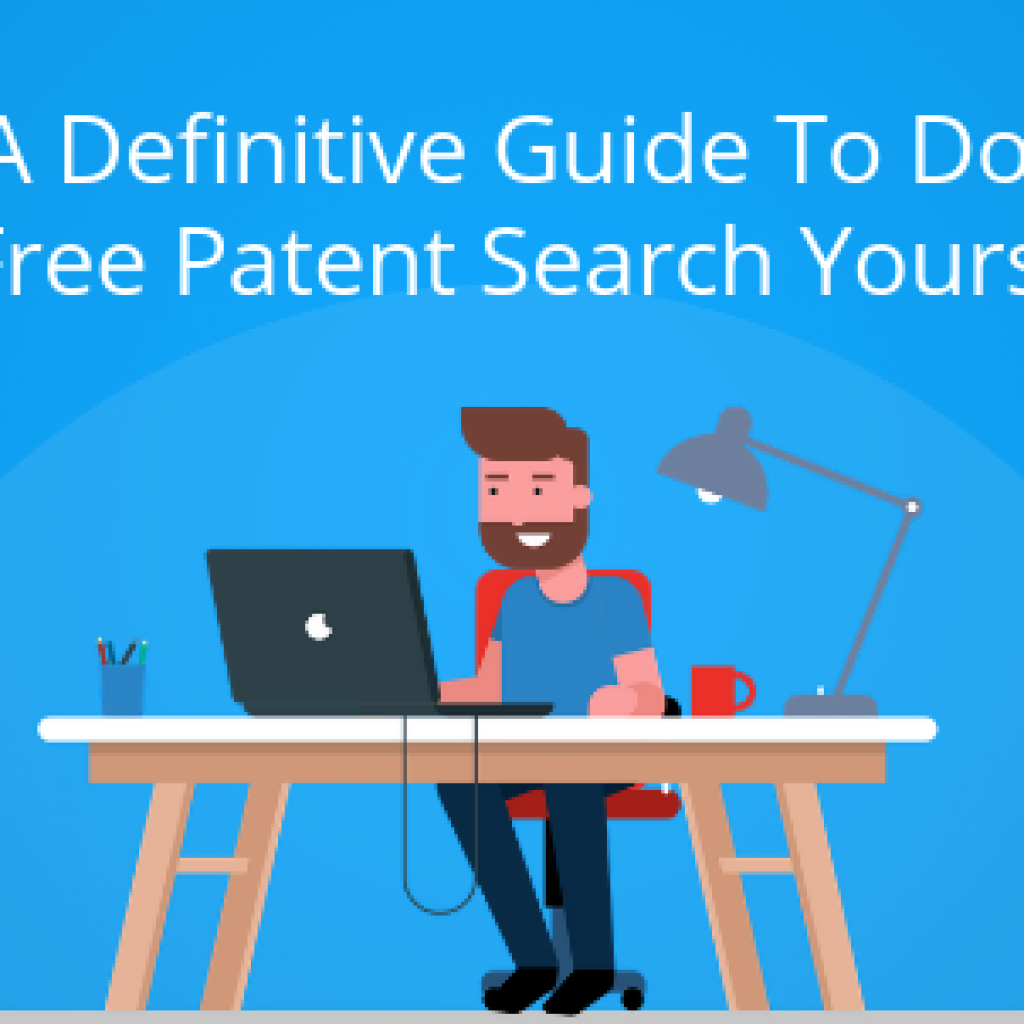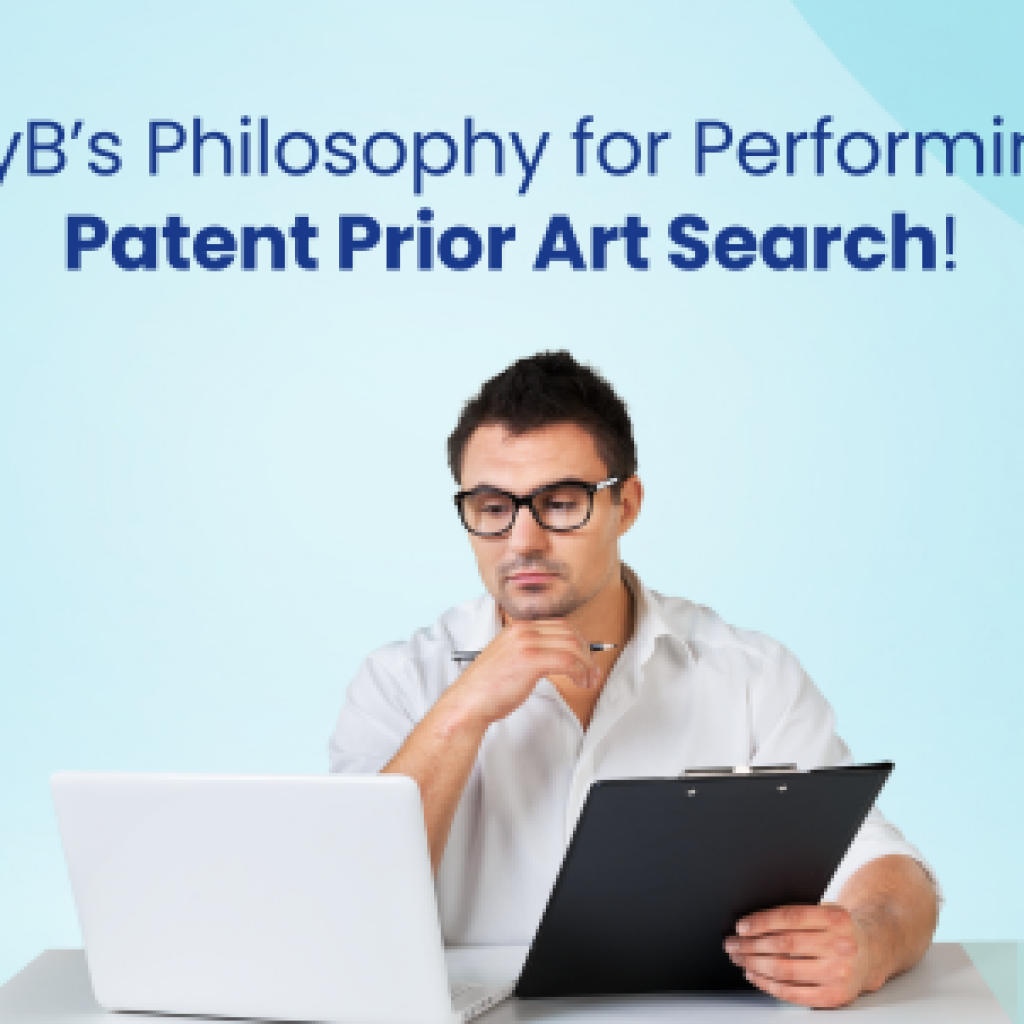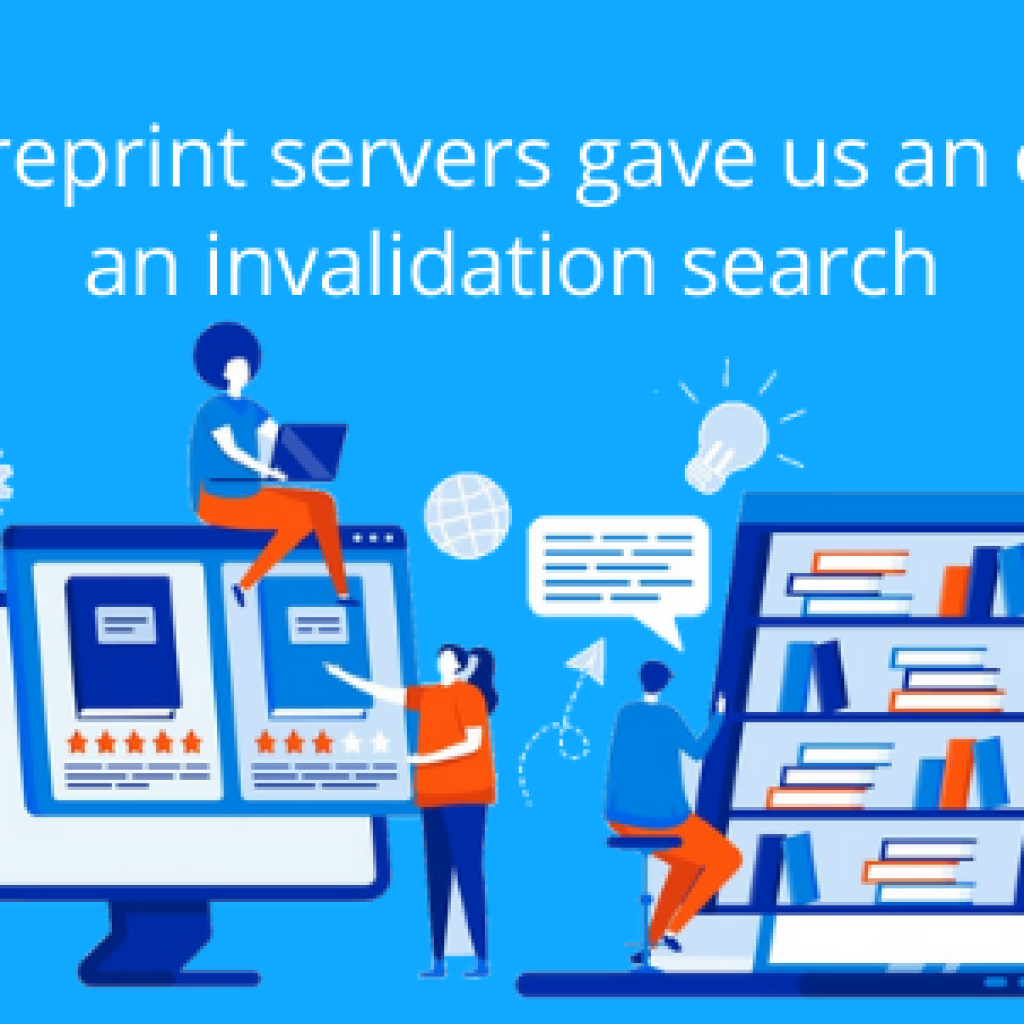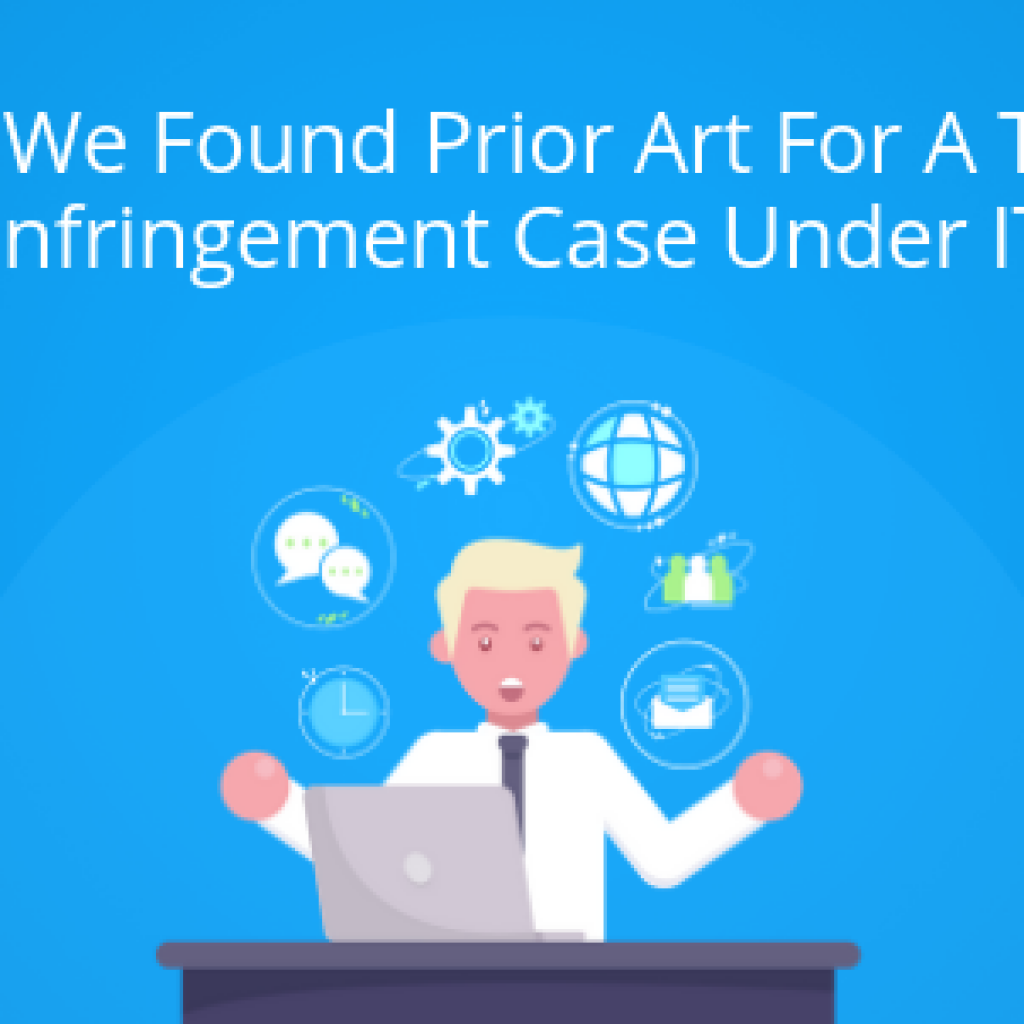Almost every day, multiple patent litigations suits are filed. The increasing frequency of these cases indicates companies are now more inclined to stop competition or get value over their claimed invention. But what if these claimed inventions are not new/valid – Is this deal fair?
As per recent statistics, In 764 out of 1086 IPR trials that reached a final decision – almost 70%, all claims were found invalid.
After looking at this trend we thought: why not dig deep? Hence, we started conducting preliminary analysis on recent patent litigation cases to check if a plaintiff’s patent really holds water or not? The table below includes our comments on the strength of various patents under litigation i.e., it will survive litigation or not?
Also, we are updating this table every week. So if you want us to remind you of the new addition of cases in the list, consider subscribing to the alerts by filling this form below.
USD490994S1 – Herman Miller Vs. Blumenthal Distributing
1:17-cv-00269
By looking at patent under litigation, I remember my last office chairs. They were potential art for challenging the validity of this patent.
However, when I saw the target patent’s priority date, October 15, 2002, I was swayed by the thought that people were patenting chair designs heavily in the year 2000-2002 window.
Keeping this in mind, I tried to scroll through a list of Locarno classes and thought of doing a superficial search on this.
I got two highly relevant classifications, 06- 01 and 06-06, which were particularly about seats and furniture, respectively. With a half-hour search on the Global design database, I was able to identify five potential results (JPD1152723, JP1133136S, JP1183652S, AU143862, AU128443), which appear to be useful in challenging the validity of the target patent.
I hope that Blumenthal Distributing’s IP council, working on this case – will get our opinion through this article.
Assessment by – Aditya Kapoor
US6430554 & US6651053 – BlackBerry Vs. Nokia
1:16-cv-01310
Blackberry suing Nokia for a 3GPP-related invention intrigued Shelza. Though 10 patents are involved, to quench her curiosity, she specifically checked one—US8861433, which, as per her, has prior-art issues. “I think the patent can be invalidated.” How? Find out her complete analysis here.
Assessment by – Shelza Gupta, Team Lead, Concept Hacking Team.
USD681146S1 – Privacy Pop, LLC vs Marketfleet, Inc. et
8:17-cv-00299
The patent under study, USD681146S1 – claims the design of a bed tent for privacy.
During the preliminary analysis, it was observed that similar designs are applicable in many areas, such as healthcare, household accessories, camping, etc. Now, considering the fact that this patent is relatively new (the priority date being May 07, 2012), it seems that the validity of this patent can be easily challenged.
Moreover, from the initial search, a few close references were spotted, which include US6216291B1, US6687930B1, US7735167B2, etc. Some of these references are dated long before the priority date of US’146.
This makes us believe there is a high chance of getting a strong prior art for this patent.
Assessment by – Devanshu Kapoor and Rajesh Aggarwal
USD778664S1 – Tristar Products, Inc. vs. Ocean State Jobbers, Inc. et al.
2:17-cv-01767
I love cooking food and am a huge fan of the TV series Master Chef, so much so that I have not missed even a single episode.
When I saw this litigation case of US’664, the first thing that clicked my mind was that I had seen something similar to this, possibly in some episodes of Master Chef in early 2016. Since it was of my interest, I thought I would spend some time locating something that could help the defendant.
Within a few minutes of searching, I was able to identify USD176389 and US4483317 patents that appear to be quite close to the target pan structure. But this is just the tip of the iceberg. I believe a full-fledged search will definitely help in challenging the validity of the target patent.
I hope my words will reach the right eyes.
Assessment by – Deepak Dodwal & Sukha Singh
US8738051B2 – Twilio Inc. vs. Telesign Corporation
With 47 US patents in its arsenal, it might seem that Twilio spent a lot of research efforts to get its patents issued, but one among the seven patents in the case- patent US8738051B2– appears weak.
The given patent (referred to as US’051 henceforth) has a priority date of July 26, 2012. However, per our analysis, the idea described in patent US’051 existed before July 2012. Taking this cue, we conducted a preliminary analysis and found that there were really good chances of invalidating the patent.
But before we list the prior art hotspots, it is important to understand what ‘051 protects.
We’ve done a full analysis on this case which you can read here.
US8864304 & US9167235 – Visual Effect Innovations Vs. NVIDIA Corporation
On December 1, 2016, Visual Effect LLC filed a suit against NVIDIA Corporation for infringing two of its patents US8864304 and US9167235– for which it demanded a trial by jury.
According to our analysis, multiple loopholes in the examination procedure made it possible to grant these patents.
We have converted the detailed preliminary analysis report into a downloadable PDF format. You can download the report from here: Click here to Invalidate the ‘235 and ‘304 Patent
US8738278B2 – Razor, Inventist, Shane Chen vs 25 defendants
337-TA
Our analysis raised multiple flags that question its novelty. For example, the grant time of 278 patents is one of those flags. We also found multiple pieces of evidence of existing prior art that can invalidate this patent.
We have compiled our analysis in the form of a PDF which you can download from here: Preliminary Analysis Report – US8738278B2
Thermolife, Inc. vs. 77 defendants
11 Active Cases 25 patents
We wanted to know what is so special about Ron’s patent arsenal: making a defendant settle instead of fighting.
Hence, we asked our Chemical Research team to take a look at some of the patents Thermolife has asserted. You can read the preliminary analysis here: preliminary analysis of Thermolife’s patent
US7621236 – PetEdge vs. Shenzhen Salivan
1:16-cv-12438
The enforced patent claims about a foldable pet ramp that can help pets to get to an automobile or a car easily. Such kind of pet ramps have been available for a long on e-commerce sites like Amazon and E-bay. Considering the broad nature of claims and the priority date of June 2007, we believe that the claims can be easily invalidated.
Also, the examiner “Alp A Akbasli” seems to focus only on a few specific terms like Ramp, Stair & Steps, whereas there can be numerous variations like Ladder, Travel Support, etc.
US7159270 & US7168127 – Nationwide Sales and Services vs Envirocare Technologies, LLC Steel City Vacuum Company
2:16-cv-06617 | 2:16-cv-06223
The examiner, David A. Redding, gave the notice of allowance 1.5 years after initiating the examination. The average grant time of the Art unit is 2.5 years.
There wasn’t a single rejection of the disclosure. Our point is that the examination wasn’t thorough.
There is multiple evidence showcasing the existence of this concept before 2000.
US8879246 – MobileExp vs. Western Digital Technologies | Mophie
2:16-cv-01339 | 2:16-cv-01340
The enforced patent claims about a peripheral storage device having a 8 pin connector for mobile devices like IPHONE, IPOD, etc.
Not a single rejection was filed during the examination by an examiner “Anthony Q Edwards”, whereas the research says there were lots of such devices started getting developed soon after the release of the first iPhone in January 2007.
US6068999 & US6500450 – Akeso Health Sciences vs. Quantum, Inc. Akeso Health Sciences vs Threshold Enterprises Ltd
2:16-cv-08917, 2:16-cv-08982
The enforced patent claims a dietary supplement having an extract of feverfew plant and Magnesium (provided as a combination of MgO and Mg salt of an organic acid).
Considering the broad nature of the claims and priority date of June 1998, we believe that the validity of these patents can be easily challenged. The problem of Migraine is quite prominent for centuries and there are high chances of getting some piece of information that remained conceal to the examiner.
Apart from this, from the preliminary analysis, we found that Migratol was quite a buzz in 1998 in migraine cure. Its composition includes Magnesium and Feverfew leaves. It seems to be in the line of enforced patents. We believe that a thorough search can lead to the killer prior art.
Assessment by – Divya Goyal, Senior Research Analyst, Search Team
US9399012 & US9399012 – Mallinckrodt IP vs. InnoPharma Licensing LLC et al.
1:16-cv-01116
The examiner rejected it many times, but finally, he approved it on the basis of its quality for pain relief and fever reduction, with a dosage of less than 800 mg of an intravenous acetaminophen solution within 3 to 5 hours.
After a little research, we identified a few interesting links that appear to disclose the oral dosage of acetaminophen Link1 (~600-800mg) and Link2 (~600mg).
The only thing that was demarcating the enforced patent was an intravenous route of administration. Although the concept of intravenous acetaminophen was also known at that time Link3.
Considering all these facts, we believe that the validity of the enforced patent can be challenged. It’s not going to be a walk in the park but doesn’t appear that tough either!
Assessment by – Rohit Jaswal, Team Lead, Search Team
US6742021, US6523061 & US6757718 – IPA Technologies Inc. vs Amazon.com, Inc., TCL Corporation, HTC Corporation, Alco Holdings, DISH Network Corporation
16-cv-01266, 1:16-cv-1236, 1:16-cv-1169, 1:16-cv-1170, 1:16-cv-1171
Initially, IPA sued Asus Computer and Toshiba America. But the case was settled outside the court as IPA voluntarily dismissed these cases. Now there can be two possible reasons behind this dismissal –
- Plaintiff IPA was aware that Asus and Toshiba can easily challenge the validity of their patents.
- Defendants might have offered some monetary benefits to settle the case outside.
By reading the patent claims, we think that the first reason is more favorable.
Before we get to the patent, please go through the short script below:
User: “What is the current weather” (through speech)
System: “Please select any of the below options for an area for which you require the weather information”
- a) Within 100 meters of your area
- b) Main city
User: b (through typing or selecting any option)
System: “Temp: 29, Humidity: 56%, Wind: 4 Km/h“
The script may not amuse you as this seems to be a very generic concept. But how about getting a patent on this with a priority date of Jan 1999? Yes! Enforced patents relate to speech-based information navigation. The system receives input in the form of speech. Additionally, if there is a deficiency in interpreting the speech, it asks for additional input in a non-speech manner which is different from the original input.
Many research institutes had started researching on Speech Recognition Technology way back in the 1960s. Up to 2000, great progress was made in navigating information through speech recognition technology. Intrigued by this, we performed a quick search and identified one such research – VoiceNotes Application, submitted to MIT by Lisa Joy Stifelman published in 1992. This document discloses the combination of speech and button approach for navigating audio information. It relates closely to the concept of ‘021, ‘061 and ‘718.
Moreover, in the 90s, researchers were aware that only speech-based information navigation systems are going to have some deficiencies (Please check source), so they need to be incorporated with some additional inputs different from speech. Seeing the problem statement and kind of solutions available during the early 1990s, we believe the enforced patents can be challenged if a more in-depth search is being performed.
Assessment by – Nikhil Gupta, Manager, Search Team
US6272533 – Pantaurus, LLC vs AJA Video Systems, Inc. | Atos North America, Inc. | Ciphermax, Inc. | Dragonwave, Corp. | Persistent Systems, LLC
6:16-cv-02212 | 6:16-cv-02213 | 6:16-cv-02214 | 6:16-cv-02215 | 6:16-cv-02216
The patent under question claims a computer system that provides selective write access to a data storage device to two independent processors.
From the preliminary review of prosecution stats, it seems the examination was not thorough. The patent is examined under art-unit 2187 for which average grant time is 3.2 years whereas the patent got granted in 2 and a half years. The first independent claim seems to be broad, considering the priority date of February 1999.
Further, the latest filed patent cited in the prosecution was filed in June 1997, leaving a period of almost 1 and ½ years which might contain potential prior-art. A quick search revealed patents like US5434562 disclosing the concept of selective access to the hard-disks portions. This indicates that the search was on-going on restricting access to mass-storage devices even in early 1990. In light of all these points, we feel that it is worth performing a strong prior-art search to challenge the validity of this patent.
Assessment by – Krishna Aswani
US6430554 & US6651053 – NM, LLC vs Purch Group, Inc.
1:16-cv-01310
In this case, the two patents claim systems for identifying sources containing information related to a product from its UPC (uniform/Universal Product code).
An initial look at the claims indicated that they are broad and weak. As per my knowledge, the concept of UPC existed since early 1975. Further, the internet also came in 1983, so, people must have considered combining these product codes with the Internet to locate more information since the 1990s.
Intrigued by this, we looked into the prosecution history of US’554. What we found is surprising, it got a green signal from the Examiner in just 1.3 years while on average the patents in the same art unit (2172) took ~4 years. Moreover, there was only one non-final rejection whereas an average patent in the subject patent’s art unit faced two or more rejections. Considering this, granting the concerned patent seems rather questionable.
So, I ran a quick prior-art search and came up with US5950173, which seems quite relevant. It discloses using a product’s UPC to get relevant information sources from a web server. Imagine what a full-fledged search for 60-70 hours might yield.
Assessment by – Krishna Aswani






